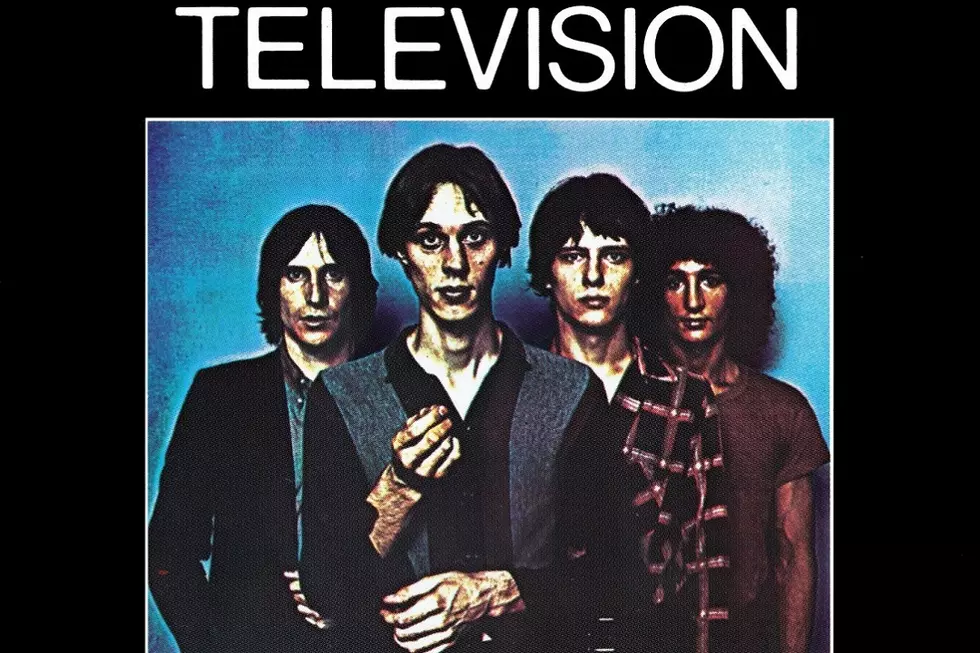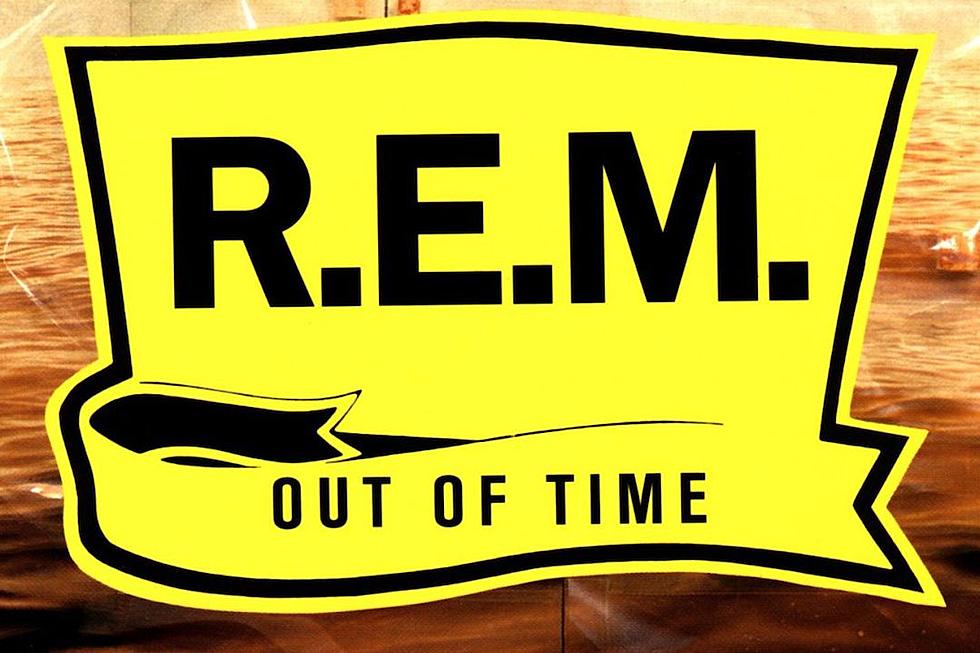40 Years Ago: The Jam Show Growth, Still Slump With ‘This Is the Modern World’
There are a litany of rock ’n’ roll clichés that accompany the release of a band’s second album. But the notion of a “sophomore slump” is really about expectations. When a group is bestowed with “next big thing” status by the press on the arrival of their debut, the “next big thing” to come from that band is so often greeted with disappointment.
That’s certainly the story of the Jam and their second LP, This Is the Modern World – which, for years, has been granted lesser status by rock writers for reasons both accurate and erroneous, but largely out of the British trio’s control. And if you don’t already know the story, you could probably guess it.
The Jam, featuring teenage singer-guitarist-songwriter Paul Weller, became an out-of-nowhere sensation in the U.K. in the spring of 1977. The band’s brash playing showed ties to the current punk movement, while stylistic flourishes hearkened back to ’60s Mod culture. Their debut album, In the City, hit No. 20 on the British chart as their first single, the title track, went Top 40. A summer follow-up single, “All Around the World” proved an even bigger hit (No. 13).
But not even three months after In the City landed in stores, the young members of the Jam – Weller with bassist Bruce Foxton and drummer Rick Buckler, each just a few years older than the 19-year-old frontman – were back in the studio to make their next LP. Whether this is due to old-fashioned record company exploitation from Polydor, overly optimistic belief in Weller’s ability to produce new material or fear that the punk movement was about to fizzle (or a combination of all three), in August and September of ’77, the Jam were bashing out a second album.
In the City “was the culmination of what we had been rehearsing for, for the first five years. … There wasn't a lot of songwriting involved. It was already there; we just had to record it,” Buckler recalled in 2008. “With [This Is the Modern World], we tended to be a bit more delicate in the way we did things without trying and testing the songs. To come up with an album before you take it out to the crowd was a weird thing for us. People didn’t know the material. The whole thing was a very long learning curve.”
Weller wrote new songs at a furious pace, integrating new influences – such as poet Adrian Henri and authors Ken Kesey and George Orwell – with his love of ’60s rock and soul (including the “I Can’t Explain”-style riff that starts “Standards”). When it didn’t appear that young Paul could manage two sides’ worth of tunes, Foxton contributed a pair (even though he hadn’t written anything for the Jam’s debut). A perfunctory cover of Wilson Pickett's “In the Midnight Hour” pushed the running time past 30 minutes.
If some of the tracks could have benefited from some more time or stage-testing, Weller was also displaying growth as a writer. There were the introspective “Life From a Window” and “I Need You (For Someone),” along with commentary-riddled “The Combine.” That song was reportedly inspired by Kesey’s One Flew Over the Cuckoo’s Nest, although it appears germane to the Jam’s experience of being part of the punk crowd. “I want to break away, but the ties are too strong,” Weller moans on the tune – maybe an indication of the pressure he was feeling.
There’s no maybe about the frontman’s attitude on kick-off track “The Modern World,” which begins with a declaration punctuated by jagged guitar. What follows is a smart, sneering rant about punk perceptions that the Jam were too ’60s-centric and the British music press’s obsessions with nitpicking his tunes. He closes one verse with, “Don’t have to explain myself to you / I don’t give two f---s about your review.”
Weller was seemingly prepared for the backlash before This Is the Modern World was released in the U.K. on Nov. 18, 1977, just in time for the Christmas shopping season. The Jam might have been wary of negative press – which they got when many reviewers declared the LP an inferior sequel – although the singer was hopeful listeners would be receptive.
“Oh yeah,” a frustrated Weller told Jamming fanzine in 1978, “I thought we were going to have a Top 5 LP.”
Instead, This Is the Modern World was considered a disappointment because it rose to No. 22 (only two spots lower than In the City’s high-water mark). It went silver in the U.K. and barely missed charting in the U.S., where the track list was altered and the single-only “All Around the World” was added. But, largely because of the British press, and some unrealistic expectations, the Jam’s second album was stamped with “sophomore slump.”
Although Weller would later complain that half of the songs on This Is the Modern World were “rubbish” and that his writing was “a bit uninspired,” ardent Jam fans and retrospective reviews saw the record more positively. Decades later, viewed within the scope of the band’s short recording career, the rush-released album is perceived as a necessary transition from the raging vigor of In the City to the characters and commentary of 1978’s All Mod Cons.
“I’d found my feet. After This Is the Modern World, I thought, ‘Am I going to let this slide or fight against it?’,” Weller told Uncut in 1998. “My back was against the wall. It was a matter of self-pride.”
The Jam Albums Ranked
More From Diffuser.fm









